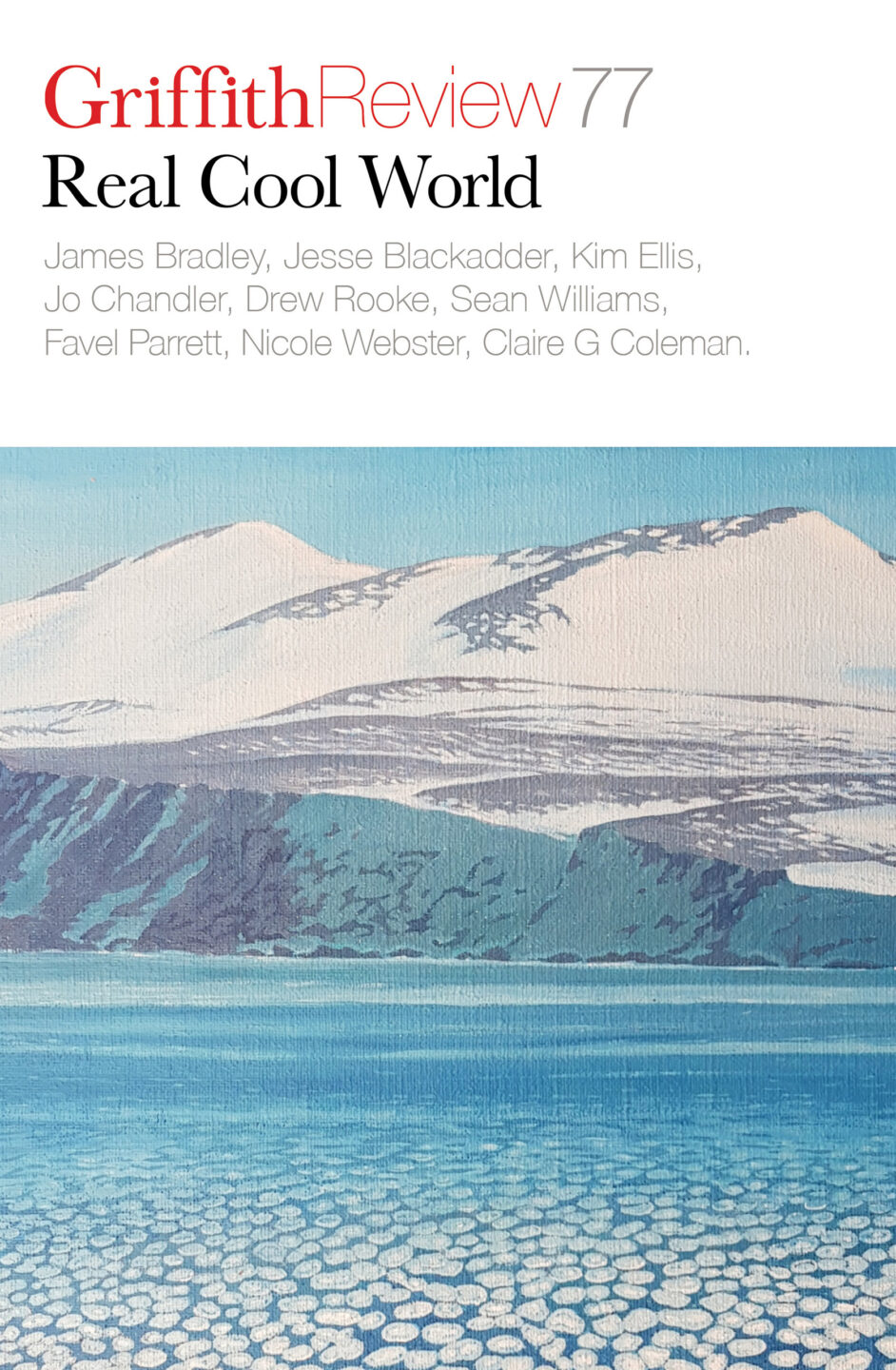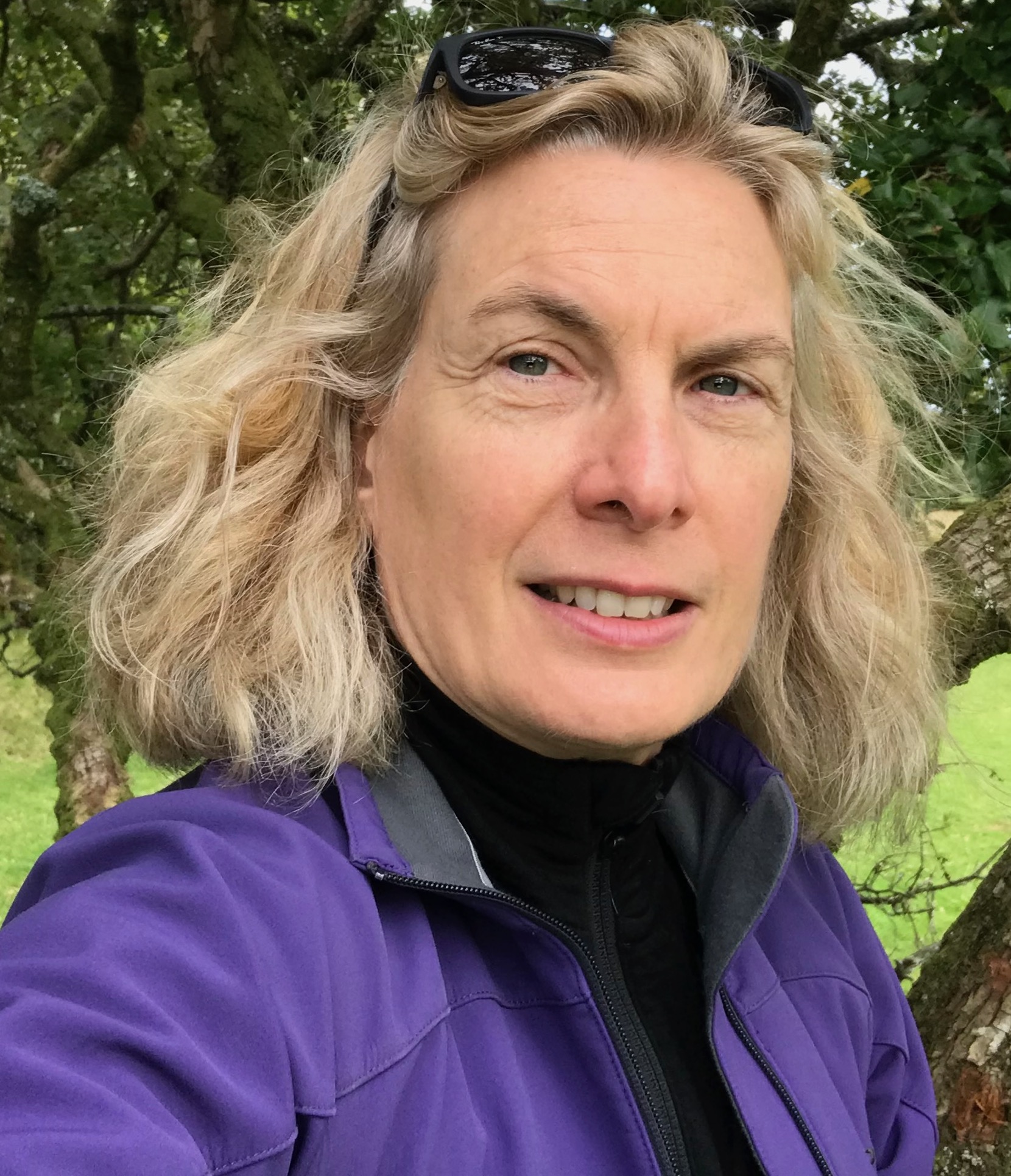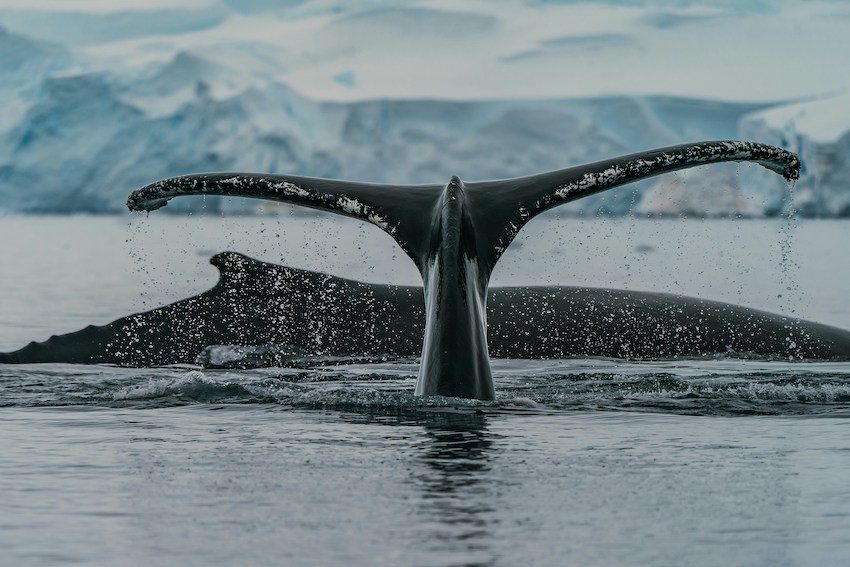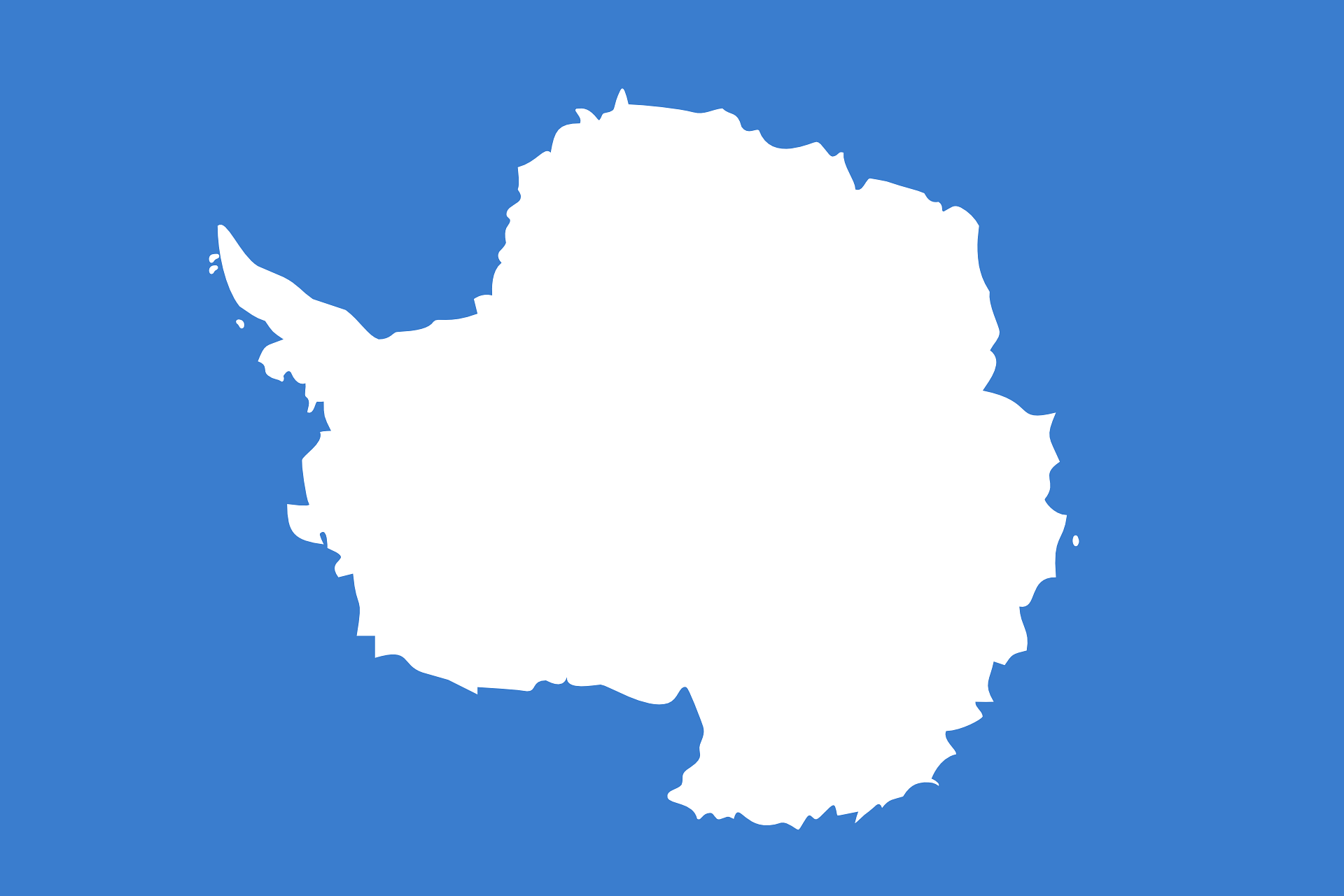Featured in

- Published 20220503
- ISBN: 978-1-922212-74-0
- Extent: 264pp
- Paperback (234 x 153mm), eBook


Already a subscriber? Sign in here
If you are an educator or student wishing to access content for study purposes please contact us at griffithreview@griffith.edu.au
Share article
About the author

Sharon Robinson
Sharon Robinson is a Distinguished Professor in the School of Earth, Atmospheric and Life Sciences at the University of Wollongong, and deputy-director science implementation of...
More from this edition

Blinding whiteness
EssayStories of animal migration to Antarctica, such as yalingbila, are reminders of global Indigenous connections to the frozen continent. As our kin traverse Antarctic waters, they too connect with the myriad creatures carving a living out of the ice.

Game theory on ice
EssayIt’s no surprise...that many analysts think the Antarctic Treaty can serve as a template to solve modern-day territorial disputes. But how realistic is that?

A Lullaby Made From Ice
Poetry The closest I’ve ever come to an iceberg is at the bottom of a dime bag. Me, a climate of catastrophe, aching for the...